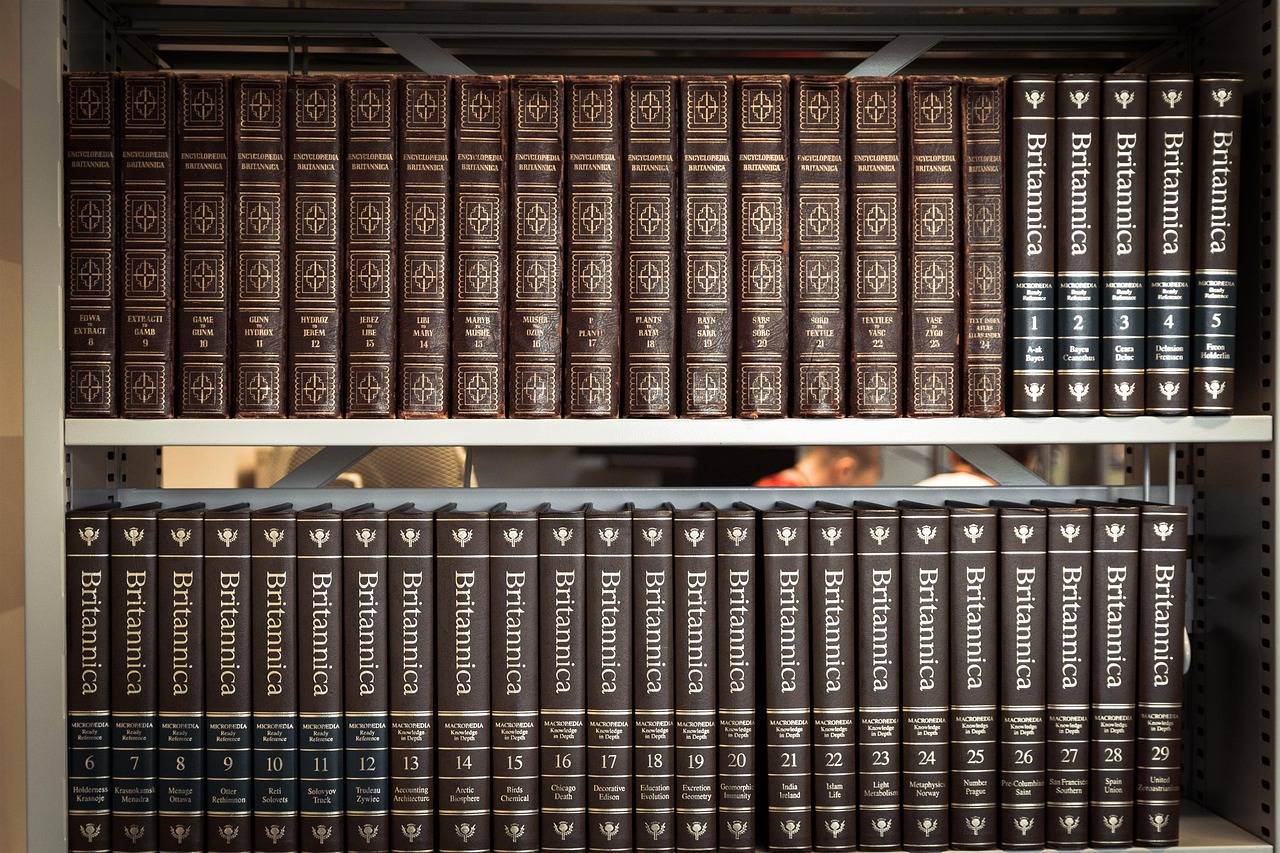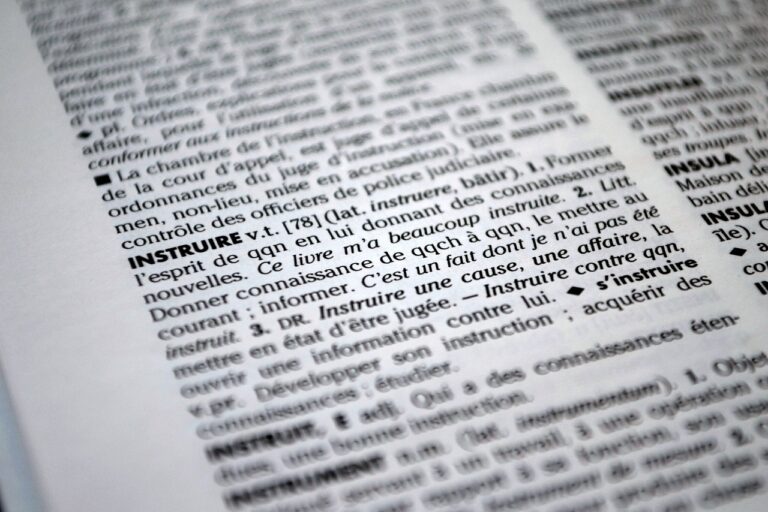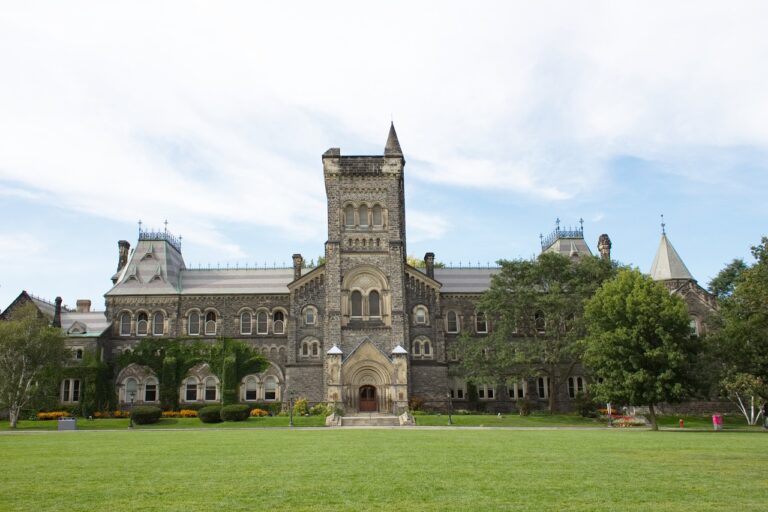Addressing Bias in College Textbooks and Course Materials
Biases in college textbooks and course materials can manifest in various forms, influencing the way information is presented and perceived by students. One common type of bias is selection bias, where only certain perspectives or sources are included, leading to a skewed representation of the topic at hand. This can limit students’ exposure to diverse viewpoints and hinder their ability to develop a well-rounded understanding of the subject matter.
Another prevalent form of bias is confirmation bias, where information that aligns with preexisting beliefs or attitudes is disproportionately emphasized, while conflicting evidence is neglected or downplayed. This can result in students being led to reaffirm their existing beliefs rather than critically evaluating new information and engaging in independent critical thinking. Recognizing and addressing these biases is crucial for promoting a more balanced and comprehensive education that nurtures students’ ability to think critically and analytically.
The Impact of Bias on Student Learning and Critical Thinking Skills
When bias is present in college textbooks and course materials, it can significantly hinder a student’s ability to engage critically with the content. Bias can lead students to accept information at face value without questioning its validity or considering alternative perspectives. This can limit their ability to think critically and develop their analytical skills, which are essential for academic success and intellectual growth.
Furthermore, the presence of bias in educational materials can distort students’ understanding of complex issues and concepts. When students are exposed to one-sided or skewed information, they may develop a narrow perspective and struggle to see the full picture. This can impede their ability to form well-rounded opinions, engage in meaningful discussions, and navigate the complexities of the world around them. In essence, bias in college textbooks and course materials not only impacts students’ learning but also impedes their development of critical thinking skills essential for academic and personal growth.
How can bias affect student learning?
Bias can affect student learning by presenting information in a one-sided manner, limiting exposure to diverse perspectives, and influencing critical thinking skills.
What are some common types of bias found in college textbooks and course materials?
Some common types of bias found in college textbooks and course materials include political bias, cultural bias, gender bias, and confirmation bias.
How does bias impact critical thinking skills?
Bias can impact critical thinking skills by influencing how students interpret information, leading to a lack of objectivity and a limited ability to consider multiple perspectives.
Can bias in course materials be avoided?
While it may be difficult to completely eliminate bias in course materials, instructors can strive to present information in a balanced and objective manner, encourage critical thinking, and promote exposure to diverse perspectives.
How can students identify and address bias in their learning?
Students can identify and address bias in their learning by questioning sources of information, seeking out diverse perspectives, and critically analyzing the content they are presented with.





